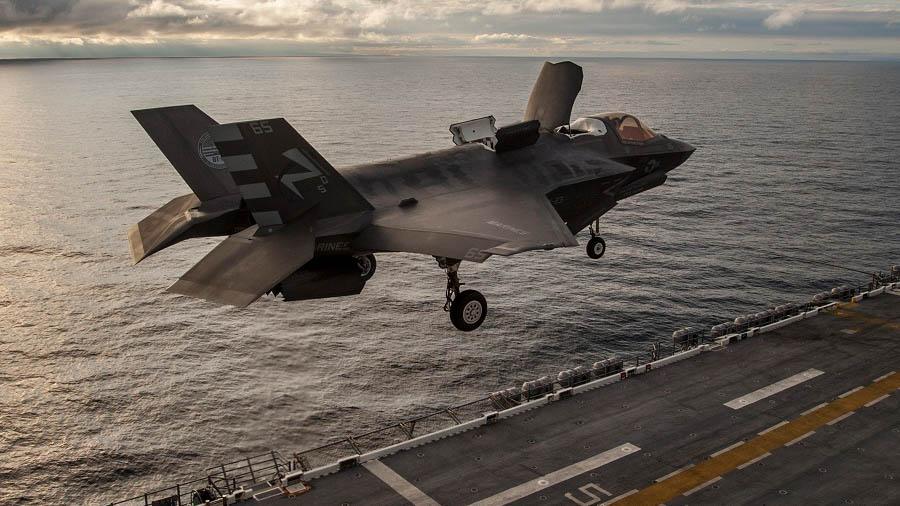
The surface Navy is looking to capitalize on recent successes increasing ships’ offensive range and lethality, with the next task being added sensing and targeting capabilities to support its new weaponry.
Rear Adm. Ronald Boxall, the Navy’s director of surface warfare (N96), said the Navy is looking for ways to do long-range intelligence, surveillance, reconnaissance, and targeting (ISR-T) as a next step following recent advances in implementing the distributed lethality concept — where surface ships are better armed and conduct disaggregated operations to complicate the enemy’s targeting.
“We used to be able to say, ‘hey, we’d target out to the range of our helicopters,’” Boxall said at last week’s Surface Navy Association annual symposium.
“Now we’re looking, as our weapons’ range gets very long, the next order of effect is how do we target out to those very long ranges?”
Combinations of surface ships, unmanned systems, submarines, and aircraft are all being tried to determine how best expand range, Boxall’s counterpart, director of expeditionary warfare Marine Corps Maj. Gen. David Coffman (OPNAV N95) said, citing recent technology improvements such as the SPY-6 Air and Missile Defense Radar (AMDR) and maritime strike Tomahawk missiles as enablers of this new range.
Boxall cited as examples the Littoral Combat Ship, which has already tested an over-the-horizon missile that the service plans to field “over the summer,” and the Maritime Strike Tomahawk, which “we’re going to continue to field that going forward. Everybody who has vertical cell, if you have that you can field this.”
A key enabler going forward will be the Marine Corps’ Lockheed Martin F-35B Lighting II Joint Strike Fighters (JSF), which will be integrated into amphibious ready group (ARG) operations this year. Amphibious assault ships’ flight decks have already been upgraded to support F-35B operations, Coffman said, and now the operators will learn to use the planes to help the Navy and Marine Corps team fight farther inland.
Coffman said he wants to get away from the idea Navy ships are just busses that transport Marines. Instead, he wants Marines embarked on the ships to be an integrated part of the what he said was the “fight to get to the fight.”
He cited the new USS America (LHA-6), an amphibious assault ship that does not have a well deck to deliver Marines ashore via surface connector. Instead, the ship can carry more F-35B aircraft and the offensive firepower and computing power they bring, and more rotary wing aircraft to bring Marines ashore from further distances away from threats in the sea or on land.
“No one else on the planet can do what we can do in scope and scale in the littoral battlespace or in warfighting from the sea,” Coffman said. “That’s just the facts.”





